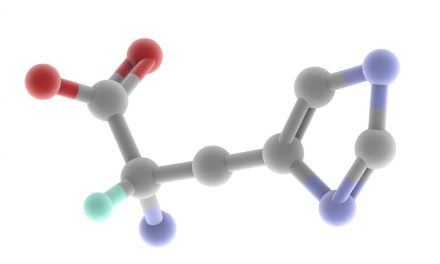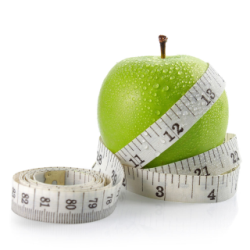Stretching is a form of physical exercise in which a specific muscle or tendon (or muscle group) is deliberately flexed or stretched in order to improve the muscle’s felt elasticity and achieve comfortable muscle tone. The result is a feeling of increased muscle control, flexibility and range of motion. Stretching is also used therapeutically to alleviate cramps.
Does Stretching help?
Stretching and flexibility exercises are an important part of any workout. Stretching your muscles after an intense workout helps to maintain flexibility, range of movement and improves body posture. Regular stretching after exercise can also help to reduce post exercise muscle soreness.
Increasing flexibility through stretching is one of the basic tenets of physical fitness. It is common for athletes to stretch before and after exercise in order to reduce injury and increase performance. Stretching can strengthen muscles, and in turn strong muscles are important to stretching safely and effectively.
Should you do it before or after a workout?
There are conflicting stories, reports and studies on the proper time of stretching (before/after workouts). If we don’t consider static stretching before a workout beneficial, because it could actually decrease your strength (the most likely reason is that the muscles become fatigued from holding the stretch), surely stretching after a workout can help the recovery process, loosen up your joints and muscles.
It’s important to perform a dynamic warm up routine (such as body weight warm up) before your main exercise session to prepare the muscles and joints for activity. Then, at the end of your session perform a series of static stretches targeting all the main muscle groups. When you lift a weight your muscles contract and after the workout the muscles remain contracted for some time. The following restoration of the muscles’ length is what recovery is. Until the muscle has restored its length, it has not recovered. Hence he who does not stretch his muscles slows down the recuperation process and retards his gains
When you go through a great stretch routine after a heavy weight lifting day, your muscles are already starting to recover and expand, which will allow to you get back to “normal” more quickly than if you didn’t stretch. And with improved flexibility comes improved performance in almost all areas of life. Also, as you get older, your flexibility and mobility start to decrease so “staying flexible” keeps you active and staying active keeps you young.
Do it properly
But stretching can be dangerous when performed incorrectly even to the point of causing permanent damage to the tendons, ligaments and muscle fiber. If done properly, instead, it can prevent injury, relax the muscles, increase range of motion and flexibility, and better one’s performance, especially athletes. Although stretching does not prevent injury, it can reduce the risk greatly; especially if one stretches properly and on a regular basis. Stretching is more beneficial to those who stretch regularly, as opposed to those people who stretch occasionally. Stretching increases blood flow which prevents hardening of the arteries and it also produces synovial fluid, which lubricates the joints that are surrounded by the muscles; which in turn helps prevent arthritis. Stretching stabilizes the body’s natural balance and posture, and aligns the joints leading to better coordination. After any physical activity, there is a build up of lactic acid in one’s body and by stretching the lactic acid is removed, therefore alleviating any muscle pain or cramps. It is important for a person to perform stretching properly to gain the benefits.
*****











